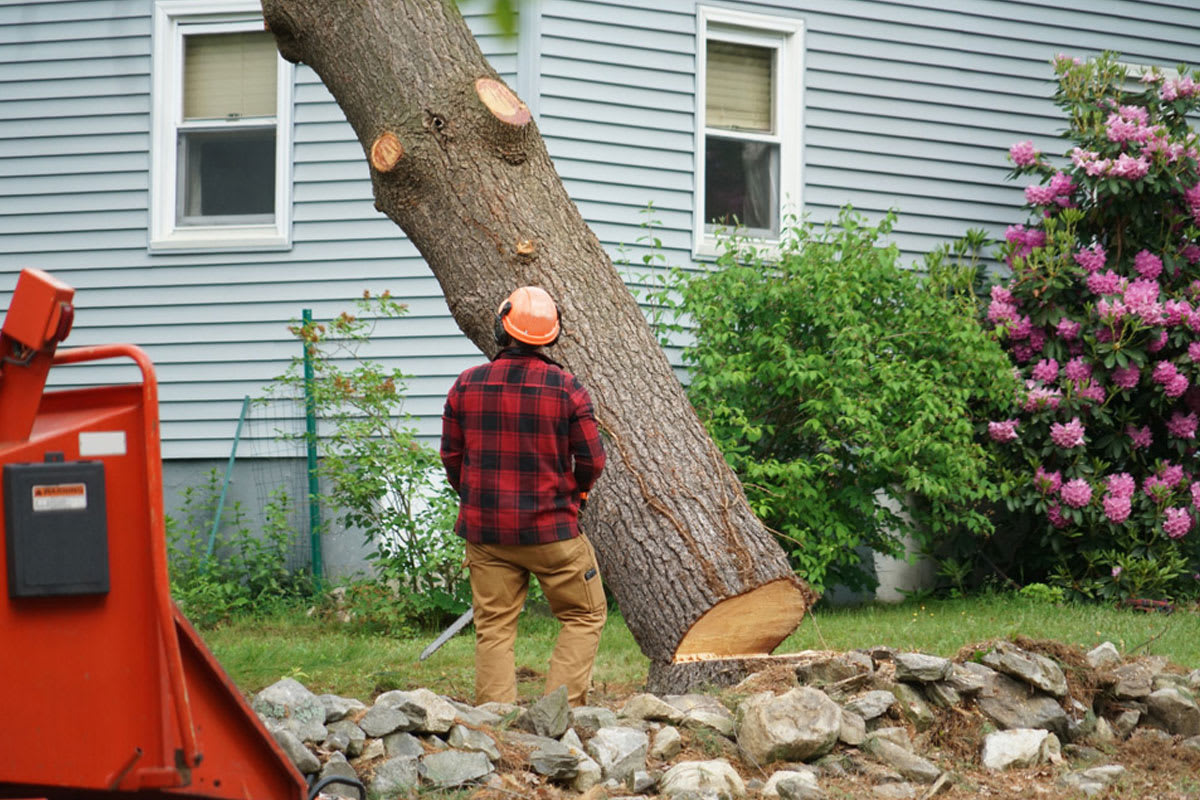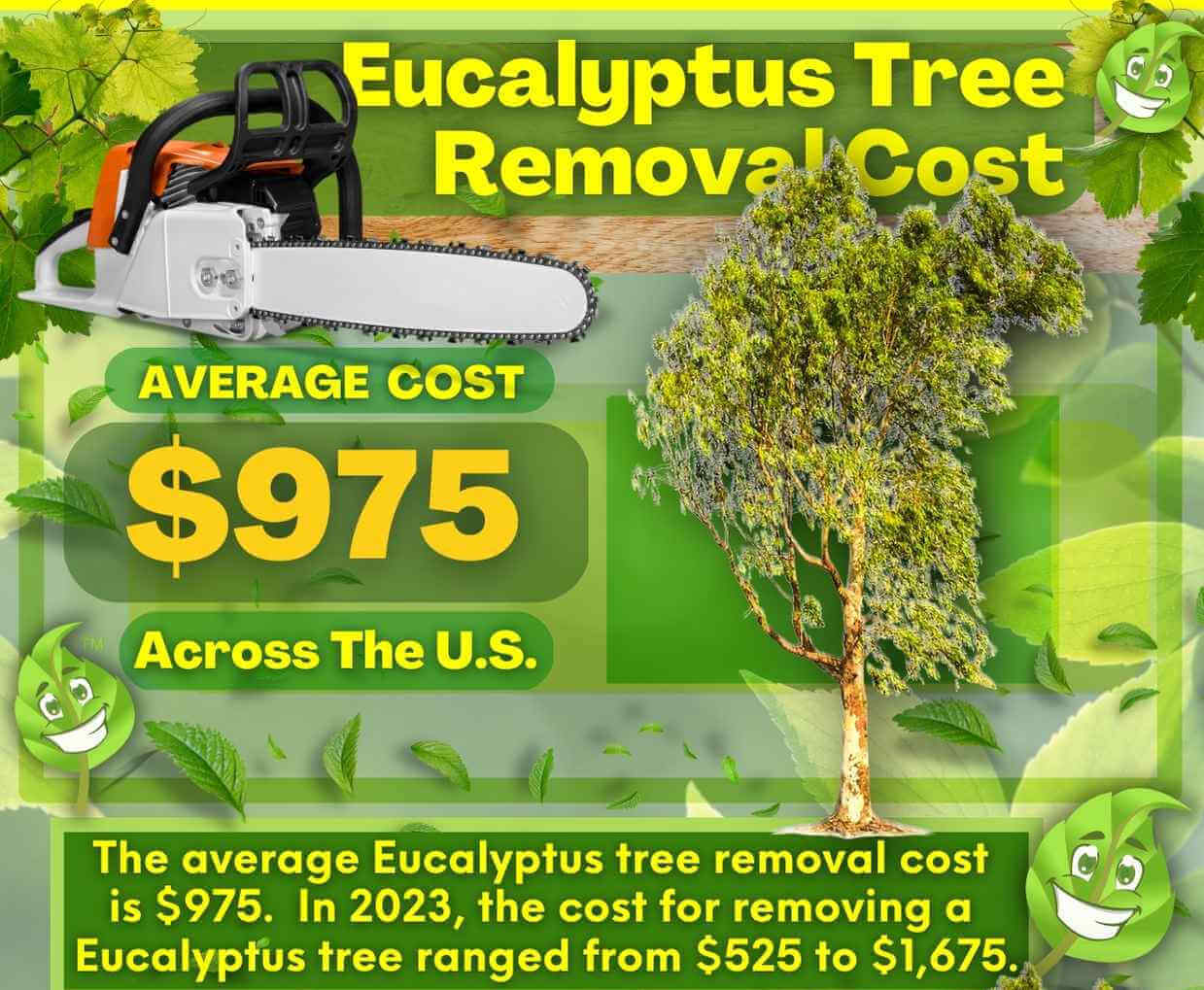Featured
Table of Contents
- – Check Local Tree Trimming Costs In Orange Cove...
- – Request Stump Removal Estimates In Orange Cove...
- – Top Value Tree Service In Orange Cove, CA
- – Orange Cove, CA Tree Cutting Pros And Cons: P...
- – Getting The Best Tree Clearing Rates In Orang...
- – Orange Cove, CA Tree Service Quote Tool
- – Orange Cove, CA Area Tree Cutting Prices: Com...
- – Find Tree Service Quotes In Orange Cove, CA
- – Military Discounts On Tree Clearing In Orang...
- – Complex Arborist Costs In Orange Cove, CA
- – Orange Cove, CA Tree Cutting Financing Options
- – Orange Cove, CA Tree Cutting Cost Estimator
- – Orange Cove, CA Tree Cutting Payment Plans
- – Orange Cove, CA Stump Grinding Price Factors
- – How Much Should A Tree Service Cost In Orang...

The subsections listed below provide more in-depth info about rates, consisting of a typical variety for each. TypeAverage Elimination CostPineConiferPalmMagnoliaArborvitaeAshCedarSweet GumEucalyptusSycamoreCypressOakMaplePoplar You can anticipate to pay in between to remove a pine, depending upon its size. Eliminating a pine is one of the more budget friendly tasks unless it is one that has actually been around for several years and is quite big.
Check Local Tree Trimming Costs In Orange Cove, CA
Pines likewise have a tap root that grows deep into the soil, which can prove to be harder to eliminate. The process itself involves an expert cutting the tree, clearing the base, cutting the surface area roots, eliminating the stump, and finally treating the soil. Without an expert hand, you run the risk of leaving pine seedlings behind, which will fall from the roots of distressed pines.
Request Stump Removal Estimates In Orange Cove, CA
The U.S. nationwide average for conifer removal is roughly to have the conifer lowered, transported away, and the stump ground or removed completely. Conifers are typically simpler to get rid of, and although they can grow rather tall, they do not cost a fortune to eliminate. Conifers include pine, spruce, fir, and juniper trees.
Top Value Tree Service In Orange Cove, CA
While conifers are lovely, they kill native plants and specific kinds of lawn. This is because they need a lot of water and nutrients to endure, so they seep it off surrounding plants. They likewise have an extensive network of roots, which can affect your home's structure. The typical cost of palm removal depends upon the height as much as the type, ranging from.
Orange Cove, CA Tree Cutting Pros And Cons: Pricing
That is why it is essential to know which type you are eliminating. While you do not require an herbicide to kill a palm tree, there are some steps your elimination expert will need to require to guarantee the job is done properly. There are 2 ways they can get rid of them: by slicing them down or digging them up.
Getting The Best Tree Clearing Rates In Orange Cove, CA
From there, they eliminate the actual tree and then the stump. Anticipate to pay in between to eliminate this type of tree, depending on the specific size and details of the task.
Orange Cove, CA Tree Service Quote Tool
There are 3 types: green, white, and black ash. With its gray-tinged bark, its leaves are green or purple in the spring and golden yellow or purplish-red in the fall.
Orange Cove, CA Area Tree Cutting Prices: Complete Guide

The bark is softer, and it blooms later on in the year - tree trimming. Due to the variation in height, the removal cost difference is broad from. A coniferous, evergreen tree, the cedar is a durable species. Real cedars delight in greater altitudes, generally in the Mountain ranges and the Mediterranean. A real cedar can grow as high as 160 feet in height and is frequently planted in the United States as a landscape choice.
Find Tree Service Quotes In Orange Cove, CA
The development of false cedars differs from 50 feet up to 230 feet high. With star-shaped leaves and stunning fall colors, the sweet gum is thought about a medium to large tree.
Military Discounts On Tree Clearing In Orange Cove, CA
Typically, it costs in between to eliminate a eucalyptus. Eucalyptus are not typical all over, but they are rather large compared to others, which is why even the smaller sized ones are so expensive to get rid of.
Complex Arborist Costs In Orange Cove, CA
There are a handful of methods to do this, consisting of burning, pulling, grinding, or killing them with herbicide. Anticipate to pay between to remove sycamores, based upon the height, trunk size, and amount of work included. Sycamores are one of the biggest wood trees, normally ranging from 60 to 100 feet tall and as large as 15 feet.
Orange Cove, CA Tree Cutting Financing Options
The very first two actions will expose the withins of the tree and cut off the circulation of nutrients up the trunk. From there, an expert applies herbicide to kill the tree and cuts down the trunk.
Orange Cove, CA Tree Cutting Cost Estimator
There are several kinds of Cypress trees, but the most widespread are the Leyland, Arizona, Bald, and Italian. The Bald Cypress grows in swampy or really moist areas while the others delight in a dry, warm, or hot environment (tree service). They can grow as tall as 80 to 100 feet high
Orange Cove, CA Tree Cutting Payment Plans

Prone to illness, the Cypress is one of the most valued woods for furniture. The average oak grows to around 60 feet, and depending upon the complexity of the elimination, it costs an average of to get rid of. The exact size of your oak and the effort required to fell it impact what you will really pay for elimination in addition to any extra services like stump grinding.
Orange Cove, CA Stump Grinding Price Factors
Access to the trees and the roots will also affect the overall cost. Maples can quickly mature to 100 feet or more and usually cost between to eliminate from your residential or commercial property. The last rate depends on the real height and intricacy of the job. Maples are generally among the more pricey trees to remove due to the fact that of their size and the work involved in the elimination.
How Much Should A Tree Service Cost In Orange Cove, CA?
Growing as high as 90 to 115 feet, these huge woods are primarily found in North America and consist of the aspen, cottonwood, and balsam trees. The procedure to remove trees includes all the cutting and cutting of the branches and trunk, bringing it down to a stump.
Table of Contents
- – Check Local Tree Trimming Costs In Orange Cove...
- – Request Stump Removal Estimates In Orange Cove...
- – Top Value Tree Service In Orange Cove, CA
- – Orange Cove, CA Tree Cutting Pros And Cons: P...
- – Getting The Best Tree Clearing Rates In Orang...
- – Orange Cove, CA Tree Service Quote Tool
- – Orange Cove, CA Area Tree Cutting Prices: Com...
- – Find Tree Service Quotes In Orange Cove, CA
- – Military Discounts On Tree Clearing In Orang...
- – Complex Arborist Costs In Orange Cove, CA
- – Orange Cove, CA Tree Cutting Financing Options
- – Orange Cove, CA Tree Cutting Cost Estimator
- – Orange Cove, CA Tree Cutting Payment Plans
- – Orange Cove, CA Stump Grinding Price Factors
- – How Much Should A Tree Service Cost In Orang...
Latest Posts
Common Arborist Costs In Germantown, MD
Understanding Tree Clearing Costs In Laurel, VA
Residential Stump Grinding Costs In Granite Shoals, TX
More
Latest Posts
Common Arborist Costs In Germantown, MD
Understanding Tree Clearing Costs In Laurel, VA
Residential Stump Grinding Costs In Granite Shoals, TX